Test
What exactly is channel rustic siding, and what are the different materials that are commonly used for it?
In this article we’ll cover a lot of the questions you may have as you’re considering installing siding on your home in order to make sure you make more informed decisions and that you actually increase the value of your home.
Coming to this page, you should also know that channel rustic siding often goes under the name channel lap siding too, so if you see that term being used instead, it’s in fact the same product. Some people may also refer to it as drop channel siding.
If you’re already ready to start working with siding contractors, we’d love to help connect you with the 4 most relevant ones in your area — simply fill out the form below and we’ll match you with the right ones. It’s completely free! Otherwise, you can simply scroll below the form to keep reading the article.
Types of Lap Siding
What exactly is lap siding and how does channel rustic siding relate to it? From the name you might have guessed that it means that it’s a type of style in which boards overlap vertically. There are different styles where that is the case which we’ll take you through where channel siding is one of them.
Channel Siding
Channel siding is a type of siding where the boards have been cut so that when installed horizontally, there’s seemingly a channel in the material.
Here’s what it looks like when it hasn’t been installed.
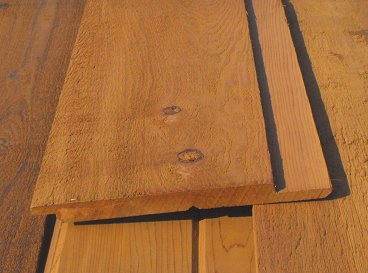
When it is installed, this is how it turns out.
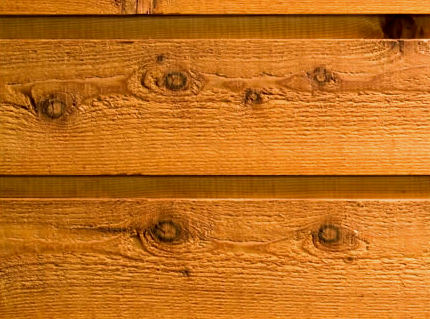
The image clearly shows that there is seemingly a channel between the two boards.
There are a couple of advantage to channel rustic siding:
- Since it is installed horizontally, the installation becomes very waterproof – unlike with other types of installations that may be installed vertically, horizontal installations have the main advantage of simply letting rain water run off it.
- It’s easy to install – wood is generally considered easy to install and that’s the main material that is being used for this type of installation.
- The way the materials are cut makes replacements easy – if for some reason a board goes bad, changing it out isn’t too hard.
There aren’t any real disadvantages to channel siding.
Shiplap Siding
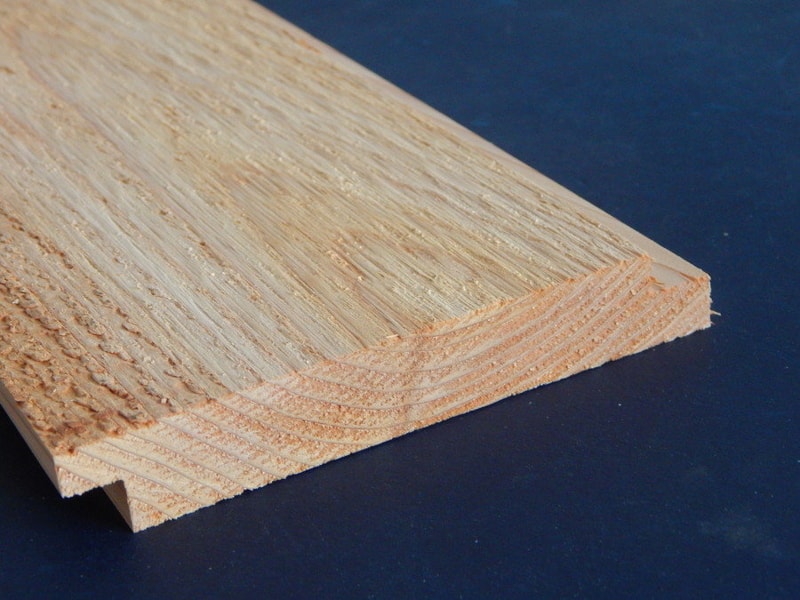
Shiplap siding is milled in a way so that the boards join with no space between them when installed, and unlike channel siding, you’ll simply see two boards connecting. The advantage with this type of installation
Nickel Gap Siding
Nickel gap siding is basically the same as channel, although the gap between the two boards is significantly smaller in this case because of the way it’s been milled. Here’s what it looks like in practice.
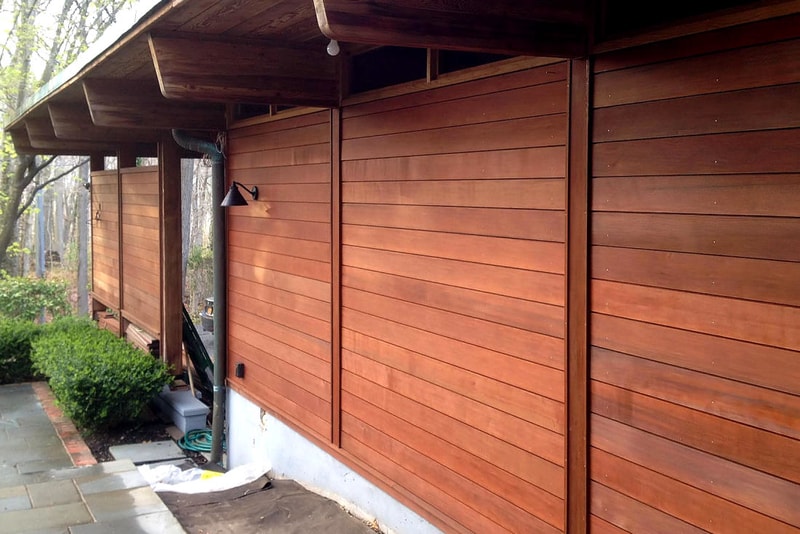
There are basically two different ways that this can be installed. It can either be installed by having shiplap installed and literally placing a nickle between the two boards during the installation, or the look can be created by having channel gap siding installed that only has a much smaller gap between the boards, which is obviously an easier way of doing it since the boards are placed as close together as they can and were supposed to be.
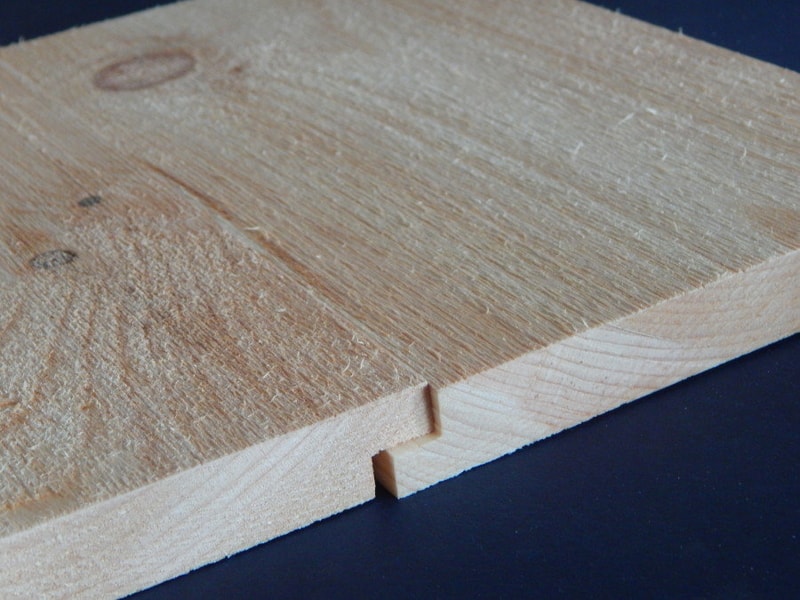
In the photo above, you can see how the boards are placed together as they’re intended, yet there’s about a nickel’s worth of gap between them when they’re installed. The gap is clearly achieved because one side of the locking mechanism is a nickel shorter than the other.
When you want to achieve a very contemporary look, the nickel gap option is a great one to consider.
Dutch Lap Siding
Dutchlap goes under a couple of different names, which include cove lap and German lap siding. The way it is milled is a little bit more advanced than some of the previously mentioned materials because one of the sides has been rounded and it creates a unique shadow when installed.
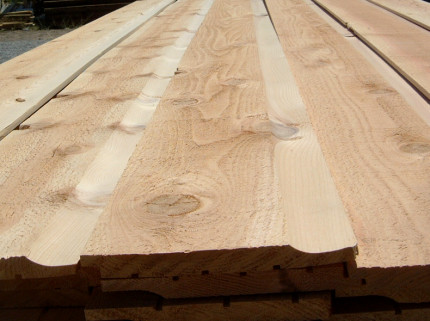
That is what it looks like uninstalled.
This image better illustrates what it looks like once it goes on the wall.

The visual effect from the way it’s milled shows in the shadow it creates. This type of style also comes in different materials including vinyl.
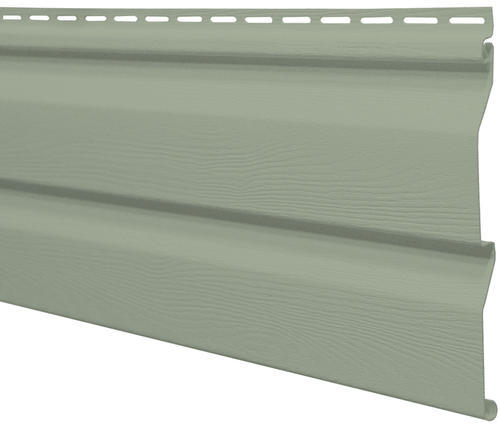
Bevel Siding
Bevel siding is yet another type of lap siding that is very simply milled type of material where the different boards are milled in a more triangular fashion where the top part is thinner than the bottom part.

The simple milling process also means that these boards can be purchased extremely cheaply. They’re available in different widths depending on your desired look. The wider the boards, the less you will end up spending on material, since there will be less material that is used for overlapping the different boards.
Clapboard
Where bevel was more triangular, clapboards are simply pieces of wood that are very uniform all the way across. It does mean that it ends up being slightly heavier since there’s more material but the extra material also provides additional insulation. That in turn is going to lower your energy bill every month also.
Vinyl Channel Siding
Chanel siding also comes available in vinyl for those that do not want the maintenance associated with wood siding. Vinyl is currently the most popular type of siding due to its many advantageous properties. To give you a better understanding of whether that is the right material for you to go with or not, we have combined its many advantages and disadvantages below.
Although it is not the traditional material for this style of siding, it’s worth considering.
Pros
- It has come a long way in terms of looking like wood – a lot of homeowners want material that look like wood without the maintenance, and vinyl is increasingly doing a better and better job at it. While it by no means is wood, the advantage of the lower maintenance requirement strongly outweighs what it lacks in looks for many homeowners.
- Vinyl siding is incredibly durable – the material comes in different grades and when you get a higher quality grade, you’re also going to get a very durable type of material that can last many years to come.
- Vinyl is easy to install – it’s a very light-weight material that doesn’t require the framing and other elements to be reinforced for support, which may be needed for other, heavier materials.
- Vinyl doesn’t rust – although wood doesn’t either, it is one of the appealing things about it in comparison to materials that do have the tendency to rust such as steel. Some materials, such as Corten steel, are alternatively made to rust, which creates a protective patina in those cases. When having vinyl siding installed, you should make sure that it is done with rust-resistant nails, though.
- The material does not rot – some types of wood are very susceptible to rot damage, especially when not maintained properly. While there are types of wood that are less likely to rot, it’s just not a concern when you choose to use vinyl.
- Good warranty – the production quality of the material has come so far that most manufacturers of vinyl siding will be more than willing to provide year-long warranties on the material. This means that properly installed material may be eligible to be replaced under the warranty.
- Different styles available – channel siding is obviously a specific type for you to look into, but it comes available in so many other types and styles too. That includes more colors than you could possibly imagine.
- A lot of the options come pre-painted – infused paint will give you a house that looks beautiful for a very long time before it needs to be repainted, whereas wood will need to be stained every 2-3 years or painted every 5 or so years, in general.
Cons
- Not allowed on historic buildings – if you’re restoring an old historic building, you’re likely not allowed to actually install vinyl on it.
- The material has a tendency to crack or dent – the cheaper, lower grade materials will crack or dent if exposed to a strong impact of some kind. Replacing a panel itself could also cause them to crack, which is why repairs should be done professionally to ensure that that doesn’t happen.
- Repairs aren’t too easy to carry out – with interlocking boards, replacing one that has been damaged may not be very easy to do and especially not since they might crack in the process.
- Over time the colors will fade – replacing a faded board will be difficult since non-faded boards will look different and finding one that accurately matches might prove difficult.
Channel Lap Cedar Siding
Cedar siding is perhaps the most common type of wood siding, and also the one that the lap style is most commonly made out of as a consequence. It’s a truly beautiful option which is one reason why fiber cement siding is even commonly made to look like it too. Cedar has a lot of different pros, which it is why it’s the main material used by a siding company such as Maibec for their product, and then the waste that the milling produces is used for their engineered wood siding line.
Pros
- Many different styles available – whether you want lap siding, shakes or something else, cedar is a good choice. It can also be used for everything including contemporary buildings.
- Provides great sound insulation – a lot of people living near a busy street will value that the material helps block sound.
- Timeless – are you worried about installing siding on your home and that it suddenly goes out of fashion? With cedar that’s not a worry you need to have.
- The appearance of white cedar even improves over time – whereas a lot of other types of siding start looking worse, white cedar will start looking better, assuming it is properly maintained.
- Competitively priced compared to comparable materials
- Easy for a pro to install – we always encourage homeowners to have their siding installed by a pro. You don’t want a roof leak due to improper installation, but you also don’t want your siding material to not provide the protection it is intended to provide.
- Helps insulate your home – the material definitely provides better insulation than vinyl, at least if you don’t go for the insulated option.
- It’s durable – the last thing you want is that you install siding on your home and starts deteriorating extremely quickly.
- It doesn’t swell or crack as commonly as other other materials – this is a type of material that can handle some serious impact before it starts getting damaged.
- Staining it rather than painting it will make it look incredible – if you really want to show off its true beauty, consider going for stain instead of paint. Although it will give you more maintenance, it will also just mean that you get a house with a lot of curb appeal.
- Many options when it comes to customizing it – cedar accepts stain and paint very well meaning that you will be able to get it in exactly the type of color that you want.
- It’s a green option – a lot of cedar is sourced very responsibly, meaning you can feel good about yourself when installing it on your home. It can help your place feel like home, and make your neighbors jealous that it’s not installed on theirs.
- Hail is no problem – when you install vinyl or fiber cement, dealing with hail damage can become an issue as the materials may crack from it. The good news is that cedar won’t have those same issues.
- It’s stronger than comparable types of wood – it provides a lot of benefits that other types of wood with the same price tag aren’t able to provide, which helps justify why it’s the most popular type of wood siding.
Cons
- Not for the homeowner that doesn’t wish to do maintenance at all – vinyl and fiber cement do beat cedar when it comes to having the absolute least amount of required maintenance. If that’s your real desire, you should go for one of those options instead.
- It unfortunately tends to attract woodpeckers – woodpeckers may end up doing damage to your cedar channel lap siding, especially if it isn’t protected with paint or stain.
- Insects like it too – it’s more insect-resistant than a lot of other types of wood, but without maintenance, it will still look like a snack to pests like termites.
- Less fire-resistant than manufactured products – since it’s a wooden material, you can imagine that it’s less fire-resistant than non-wood materials.
- When you do the required maintenance, it becomes a less eco-friendly material – while it may be responsibly sourced, stains and paints will affect its footprint.
- Choosing the right nails is important – while it’s a minor thing, you will need to make sure that you choose the right nails for the project, and they can’t be made from iron since the material reacts with it.
When you’re ready to get in touch with wood siding contractors, we’ll be more than happy to help connect you with the most relevant ones in your area.